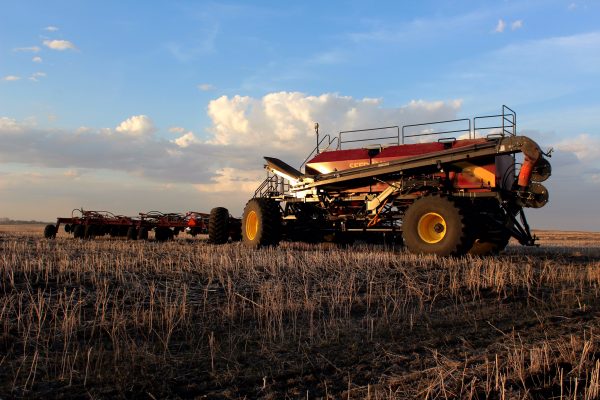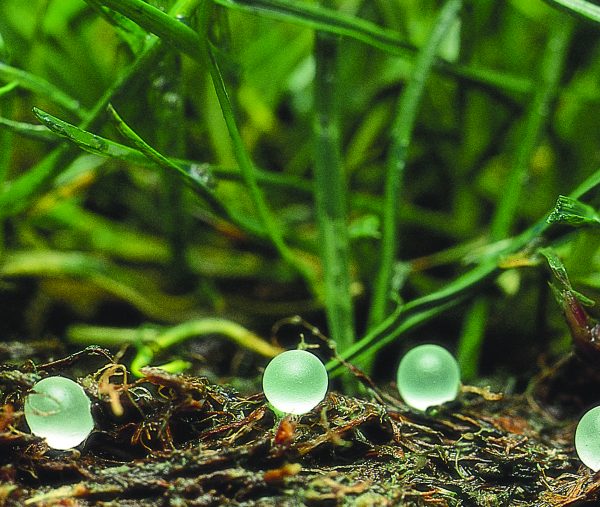April 24, 2017 | Ray Dowbenko
Precision Seeding Equipment and Controlled-Release Nitrogen: A Killer Combination

Seed Hawk Seed Drill System in the field
Seeding can be a challenging process and is only amplified when simultaneous fertilizer application is involved. Too wet or too dry conditions – not uncommon in the northern tier states and western Canada – provide challenges for seeding with fertilizer. Combining the right equipment with the right nitrogen fertilizer gives growers an edge during seeding time and through the duration of the growing season.

Combine the right equipment with the right nitrogen fertilizer
What are the issues?
“There can be two seed-damaging effects related to fertilizer and seed proximity, depending on the type of fertilizer.” Ray Dowbenko, Senior Agronomist, Agrium Corporate, cautions. “Fertilizer needs water to dissolve in the soil and with dry conditions and high volumes of fertilizer close to the seed; there may not be enough moisture in the ground to dissolve the fertilizer.” When this happens, the fertilizer will draw moisture out of the seed, causing dehydration and burning.

Fertilizer needs water to dissolve in the soil
The second damaging condition is that products containing nitrogen emit a gas called free ammonia when dissolving and, if there is a high concentration of fertilizer near the seed, this free ammonia gas can damage it.
The solution – A two-pronged approach.
Proper placement of the fertilizer compared to the seed is needed to mitigate both of these risks. “Seed Hawk equipment is outstanding for precision placement, depth control and separation of your seed and fertilizer,” Dowbenko comments, “but there can still be times based on environmental conditions or seeding speed where growers have concerns about getting the ideal distance between fertilizer and seed.”

Start with exceptionally precise seed and fertilizer placement
Enter ESN® SMART NITROGEN®, a urea granule made up of 44 per cent nitrogen contained inside a flexible polymer coating. The coating protects the nitrogen from loss mechanisms such as denitrification and leaching and allows nitrogen to be released in response to the seed’s needs.

Use ESN to eliminate seed damage
ESN’s polymer coating separates it from the seed, and due to its unique controlled-release nature, there is only ever a small amount of fertilizer being released at any time, reducing the potential for damage.
“In the work we’ve done,” Dowbenko explained, “we’ve used extremely high rates of fertilizer in direct contact with the seed and have had no damage caused.”
Using ESN with Seed Hawk’s precision placement technology gives growers an extra margin of seed safety when applying and once the seeds are in the ground.
